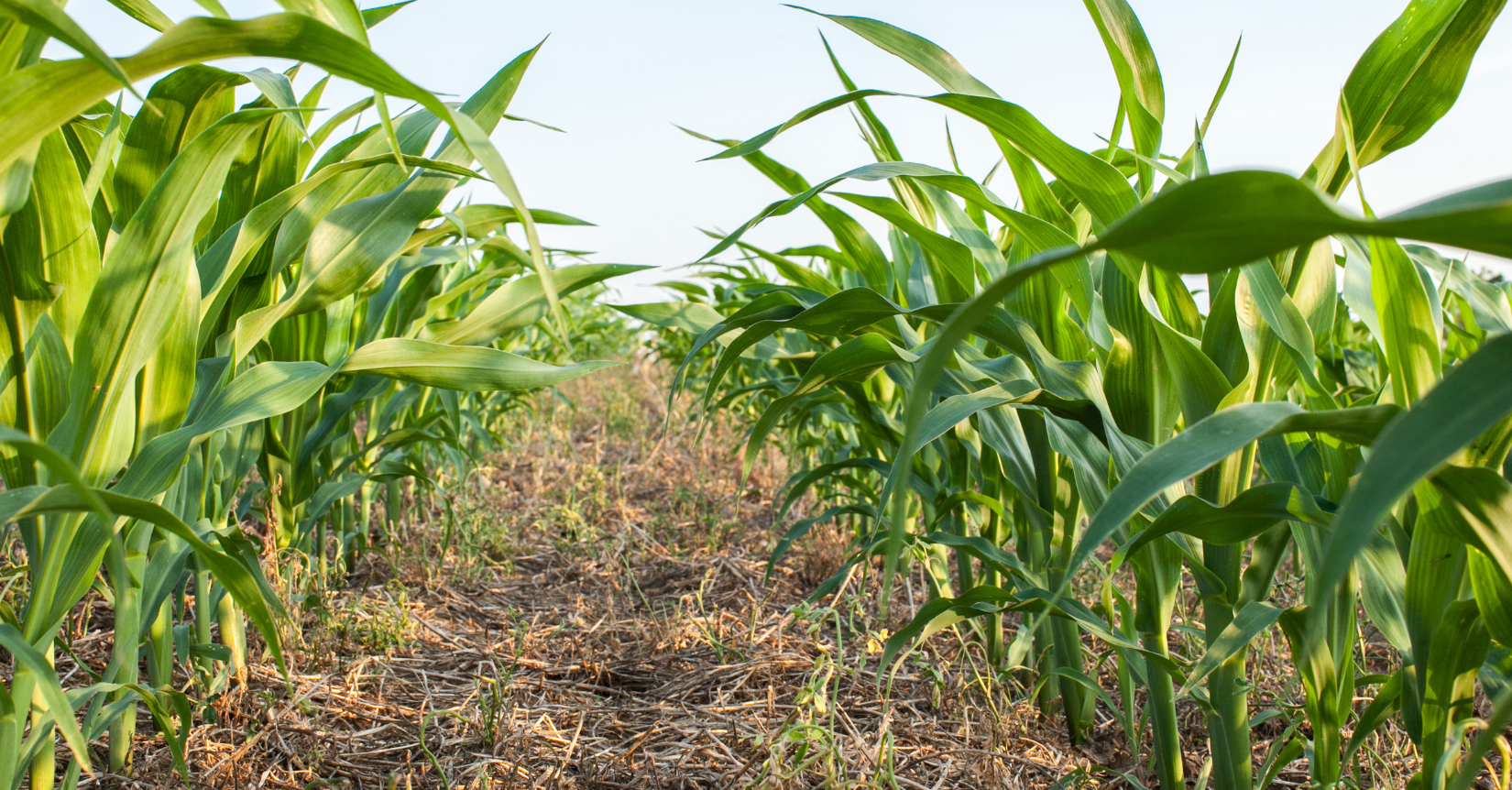How no till farming improves soil health
Get rid of the plow and save time and money while improving soil health and biodiversity
Intensive plowing has been an integral part of agriculture for decades, but it has also had detrimental effects on soil health and biodiversity. In recent years, no till farming and minimum till farming have emerged as a sustainable alternative. This offers numerous benefits including time and cost savings, improved soil health, and enhanced biodiversity. This blog post delves into the principles of no till farming and its advantages.
The Benefits of Minimum Soil Disturbance
No till farming is an agricultural practice that avoids disturbing the soil through plowing. Instead, seeds are placed directly into undisturbed soil using a direct drilling sowing machine. This method contrasts sharply with conventional tilling, which involves turning over the top layer of soil to prepare it for planting. The key benefits of minimum soil disturbance include:
Soil Structure and Health:
- Plowing disrupts soil structure, destroying soil aggregates and pore spaces essential for water infiltration and root growth. No till farming preserves these structures, promoting better water retention and root development. Studies show that soiled that aren’t tilled have significantly higher water infiltration rates and better moisture retention, which are critical during dry periods.
Carbon Sequestration:
- Tilling exposes soil organic matter to oxygen, accelerating decomposition and releasing CO2 into the atmosphere. Minimin soil disturbance practices reduce this carbon release, enhancing soil organic carbon (SOC) levels. Research indicates that no till farming can increase soil organic carbon by storing CO2 from the atmosphere. This makes it a viable strategy for mitigating climate change.
Soil Microbial Activity:
- The undisturbed soil environment in no till systems fosters a rich microbial community. These microorganisms play vital roles in nutrient cycling, disease suppression, and organic matter decomposition. Evidence suggests that microbial biomass and diversity are significantly higher in no till soils compared to conventionally tilled soils .
Biodiversity:
- No till farming supports greater biodiversity both above and below ground. Residue from previous crops left on the soil surface provides habitat and food for a variety of organisms, including insects, earthworms, and small mammals. Studies have shown that no till fields have higher populations of beneficial insects and earthworms, which contribute to pest control and soil health.
Economic and Operational Benefits
Beyond the ecological advantages, no till farming also offers substantial economic and operational benefits:
Cost Savings:
- No till farming reduces the need for labor, fuel, and machinery maintenance associated with plowing. By not plowing, farmers can save on these operational costs.
Time Efficiency:
- Plowing and tilling are time-consuming processes. No till farming streamlines planting operations, allowing for quicker field preparation and planting. This time efficiency can be particularly advantageous during narrow planting windows in the growing season.
Improved Crop Yields:
- While the transition to no till may involve an initial adjustment period with lower yields, long-term studies have shown that no till systems can achieve comparable or even higher yields than conventional tillage systems. Improved soil moisture retention, enhanced nutrient availability, and better soil structure contribute to these yield benefits.
No till Is Here to Stay
No till farming has been seen as a bit of an experimental endeavor thus far. But with new technologies and improved direct drilling machines, it has become a proper alternative to conventional plowing. By preserving soil structure, enhancing carbon sequestration, supporting microbial activity, and promoting biodiversity, no till farming contributes to improved soil health and environmental sustainability. Additionally, the economic and operational benefits, including cost savings, time efficiency, and potential yield improvements, make no till a viable option for farmers seeking sustainable and profitable agricultural practices.
The transition to no till farming requires careful management and patience, but the long-term benefits to both the environment and farm profitability are substantial. Read more about how no till farming is a part of regenerative agriculture here.

